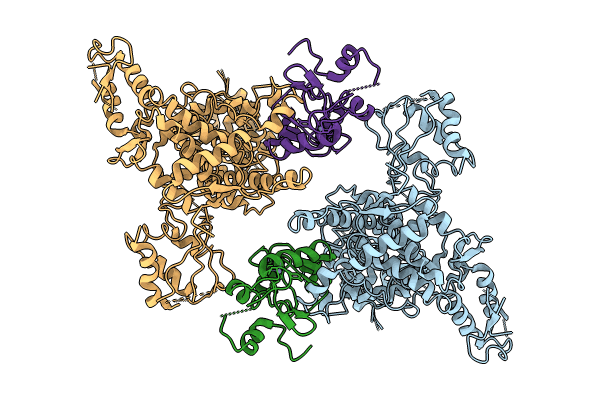
Deposition Date
2023-06-17
Release Date
2024-06-05
Last Version Date
2024-06-05
Entry Detail
Biological Source:
Source Organism:
Homo sapiens (Taxon ID: 9606)
Human papillomavirus 16 (Taxon ID: 333760)
Human papillomavirus 16 (Taxon ID: 333760)
Host Organism:
Method Details:
Experimental Method:
Resolution:
4.35 Å
Aggregation State:
PARTICLE
Reconstruction Method:
SINGLE PARTICLE


